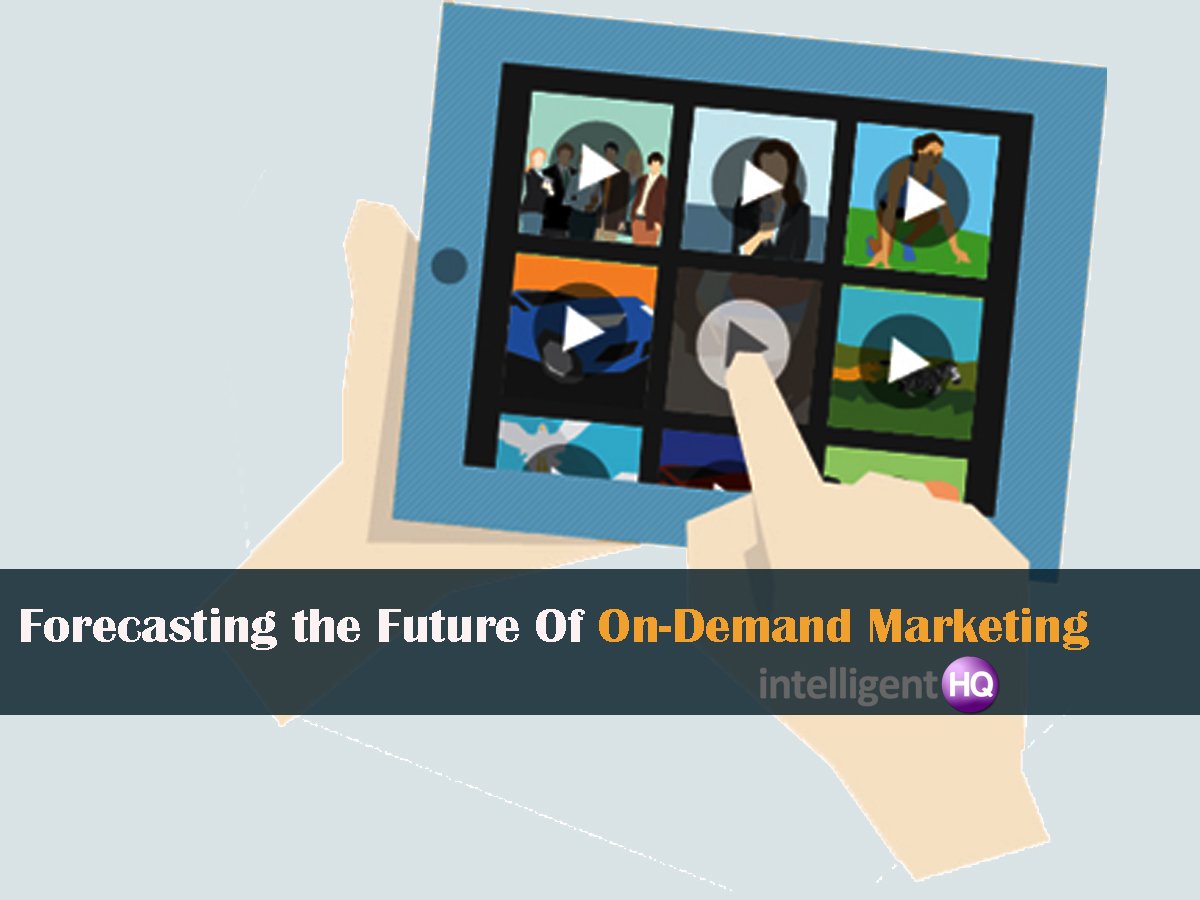How CMOS deal with the challenges of technology ? And what can a CMO do to improve and adapt his or her company to an increasingly interconnected digital world ?
Some answers to this questions can be found in IBM’s Institute for Business Value (IBV) recent study, that was published in March 2014, and that is entitled “Stepping up to the challenge”. The study resulted from interviews in person with 4,183 top executives from more than 20 industries. The document concentrates on valuable insights given by 524 CMOs who are in the process of adapting their company to a growing digital environment, concerning the changing factors affecting their industries and their prognosis for the next 3-5 years. The report also focuses on how the CMOs interviewed are helping their companies to become more “ customer-activated”.
Overall, the study concludes that if on one hand, CMOs are attaining more influence, as CEOs increasingly need their information and expertise for the best strategic planning of their companies, on the other hand, it seems that there is still a lot to be done concerning the improvement of a strong digital marketing presence, as a way to orient services towards the customer. As such, according to the report, only 20 percent have set up social networks for the purpose of engaging with customers and even less have set up analytics to capture customer insight, or have implemented a digitally enabled supply chain. In reality 82 percent of CMOs confirm how they are not ready to cope with big data, and almost 70 percent, with social media.
Figure 2 from study: “Stepping up to the challenge” IBM 2014But CMOs are extremely aware now of the importance of technology, concerning the management of the customer relationship. Thus, all the interviewed mentioned how they are willing and planning to implement some key marketing techniques in the next years, such as predictive analytics, and mobile applications features. But the study warns:
“there’s currently a huge gap between aspiration and action. And it’s questionable whether CMOs are moving fast enough to keep up with the speed at which the commercial landscape is evolving, or whether they need something akin to a turbo boost.”
This useful report not only delivers the interpretation of the data as it sets a plan of action and advice, that can be useful to any CMO.
What Kind of CMO Are You ?
In the course of this research, the study concluded that there are three distinct profiles of CMOs at different stages on what they entitle wittily as “the path to digital nirvana. “ These are:
The traditionalists – “The Traditionalists are just setting off. They’re challenged by the data explosion, the growth in social media and the plethora of new channels and devices; have yet to integrate their physical and digital sales and service channels; seldom engage with customers via social networks; and rarely use analytics to extract insights from the customer data they collect.”
The Social Strategists – “They’ve recognized social media’s potential as a vehicle for engaging with customers, and they’re building the infrastructure they’ll need to operate in the social arena. But, like Traditionalists, they haven’t yet begun to exploit the opportunities arising from the data explosion and advanced analytics.”
The Digital Pacesetters – “are much further down the road. They’re reasonably prepared for the data explosion and well placed to handle the increasingly heavy social and mobile traffic from a growing range of devices. They’re also actively putting the resources required to operate as a fully integrated physical-digital enterprise in place. And they regularly use advanced analytics to generate insights from customer data.”
The striking conclusion here is that there is a strong link between the financial performance of the company and what type of CMO one is. As such, 43 percent of the best performing companies in this study, have as their CMO, digital pacesetters compared to just 25 percent of traditionalists.
Image source: “Stepping up to the challenge” IBM 2014The report concludes that to succeed in the digital world, it is therefore necessary to work in three fundamental areas:
- To know how to use advanced data analytics procedures to understand deeply the customer
- Design rewarding customer experiences
- To capitalize on new technologies to provide those experiences smartly and efficiently.
How CMOs deal with the challenges of technology (part 2)

Maria Fonseca is the Editor and Infographic Artist for IntelligentHQ. She is also a thought leader writing about social innovation, sharing economy, social business, and the commons. Aside her work for IntelligentHQ, Maria Fonseca is a visual artist and filmmaker that has exhibited widely in international events such as Manifesta 5, Sao Paulo Biennial, Photo Espana, Moderna Museet in Stockholm, Joshibi University and many others. She concluded her PhD on essayistic filmmaking , taken at University of Westminster in London and is preparing her post doc that will explore the links between creativity and the sharing economy.



























